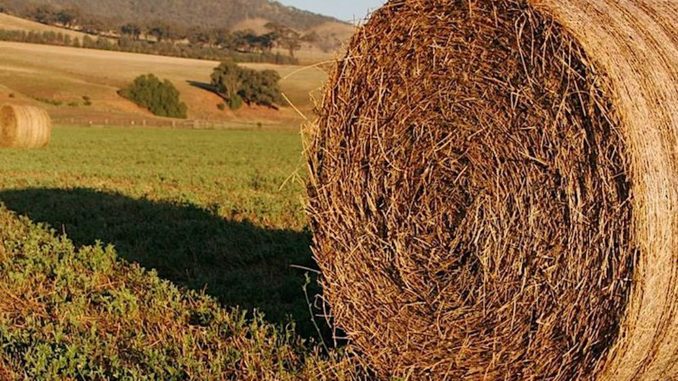
~ Press release issued by the Virginia Farm Bureau Federation
RICHMOND — Virginia farmers can now install conservation projects like fencing, buffers and wetland restoration at no cost, thanks to record-high funding from the Conservation Reserve Enhancement Program.
A partnership between the U.S. Department of Agriculture Farm Service Agency and the commonwealth of Virginia, the CREP works to improve water quality, keep pollutants from entering waterways, decrease soil erosion and enhance wildlife habitat. It offers financial incentives and cost-share and rental payments to farmers and other landowners who voluntarily implement conservation projects like riparian buffers and wetland restoration.
Because of the record-high funding, this year the FSA and state will
pay 100 percent of eligible practice installation costs.
“There has never been a better time for producers to participate in CREP,” said Ronald M. Howell Jr., Virginia’s FSA executive director. “It costs nothing for farmers to participate in this program now, which will provide their farms with ongoing revenue and other financial benefits. At the same time, the CREP practices promote richer, more fertile farmland and healthier livestock. It is a true win-win.”
Previously, to enroll in CREP farmers were responsible for a portion of the initial costs to establish buffers and associated infrastructure, like fencing to keep livestock out of waterways and providing those animals with watering systems.
This could be expensive for farmers, who already operate on slim margins.
“At a time when farmers are facing increased costs of production, supply chain issues and operating at a loss, it is difficult to take on and budget a water quality practice,” said Ben Rowe, national affairs coordinator for Virginia Farm Bureau Federation. “The increased CREP funding will allow farmers to move forward with beneficial practices without the financial strain associated with their implementation.”
The CREP is one of Virginia’s most active water quality partnerships, and helps farmers meet Chesapeake Bay water quality goals, Rowe added.
The Virginia CREP is divided into two regions — the Chesapeake Bay and the Southern Rivers. According to the Virginia Department of Conservation and Recreation, these statewide efforts are expected to reduce annual nitrogen loads to waterways by more than 500,000 pounds, phosphorus by over 66,000 pounds and sediment by more than 33,000 tons.
While 100 percent of costs are covered this year, the CREP also will continue providing incentives and rental payments along with other on-farm benefits in the future.
Farmers and landowners interested in signing up can enroll year-round. The CREP contract period is 10-15 years.
Interested farmers should contact their local
USDA Farm Service Center to determine eligibility and to apply.
•••
RELATED ARTICLES
Virginia’s Agriculture in the Classroom celebrates 30 years of connecting children with agriculture
New budget gives Virginia’s farmers record funding for soil and water conservation
Page County Farmers Market resumes Aug. 5 with new time and location in Stanley
Incentive payment rates increase for poultry litter transport
Virginia farmers diversify and expand with value-added agriculture
Spotted Lanternfly quarantine zone expanding to more Virginia localities, including Page County
Virginia Tech researchers working to develop methods to measure farm-to-fork food loss
Extension Office seeks vendors for weekly farmers market at PMH June through October



Be the first to comment